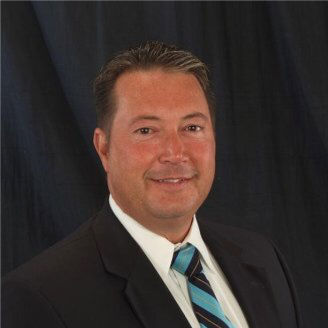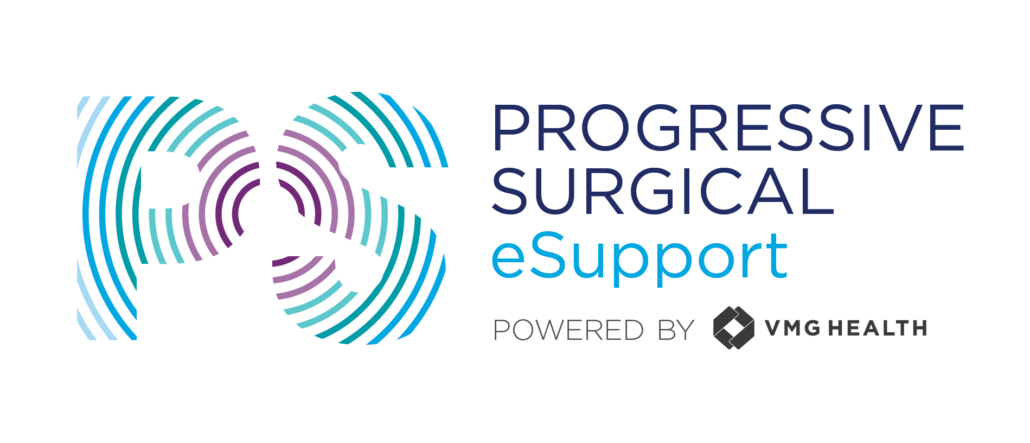Physical Environment Compliance Checklist: How to Talk to an Engineer
Accreditation and Licensure Surveys conducted by CMS agencies are becoming more difficult than in the past due to the increase of personnel specifically trained in Life Safety Code Requirements. Considering such, it is imperative that facilities take the time to perform tours of the physical environment on a predetermined basis in order to assess compliance. Developing a Physical Environment Checklist tailored to meet the needs of your facility is the first step in promoting a safer environment for patients, staff and visitors.Has your recent survey included a Life Safety Surveyor? If so, you understand the language is quite different. What are key things you should ask, say or dispute? Learn some key items and topics that may assist you in your future discussions with the Life Safety personnel.
 JOHN L. CROWDER JR., PG, CHFM, CFPS
JOHN L. CROWDER JR., PG, CHFM, CFPS
Mr. Crowder is involved in all phases of architectural consulting, plan development and compliance matters for healthcare projects throughout the United States. His extensive background in construction and facility management of healthcare facilities for over twenty-(20) years provides a solid understanding of design methods, code requirements and various regulations required by the Centers for Medicare and Medicaid Services (CMS) for facilities seeking deemed status. As an active Life Safety Surveyor for the Accreditation Association for Ambulatory Health Care (AAAHC), Mr. Crowder maintains a thorough knowledge of the most current and updated code requirements through continual education and site surveys of numerous healthcare facilities in the United States. His expertise in translating operational requirements into optimal facility solutions and preparing facilities for upcoming deemed status surveys by accrediting agencies is vital to the successful operation of each consultation.
His resume of successful projects includes new hospitals, surgery centers, medical office buildings, orthopedic centers, outpatient surgery centers, ambulatory care facilities, retrofit of existing facilities and installation of various medical equipment and new technologies.


